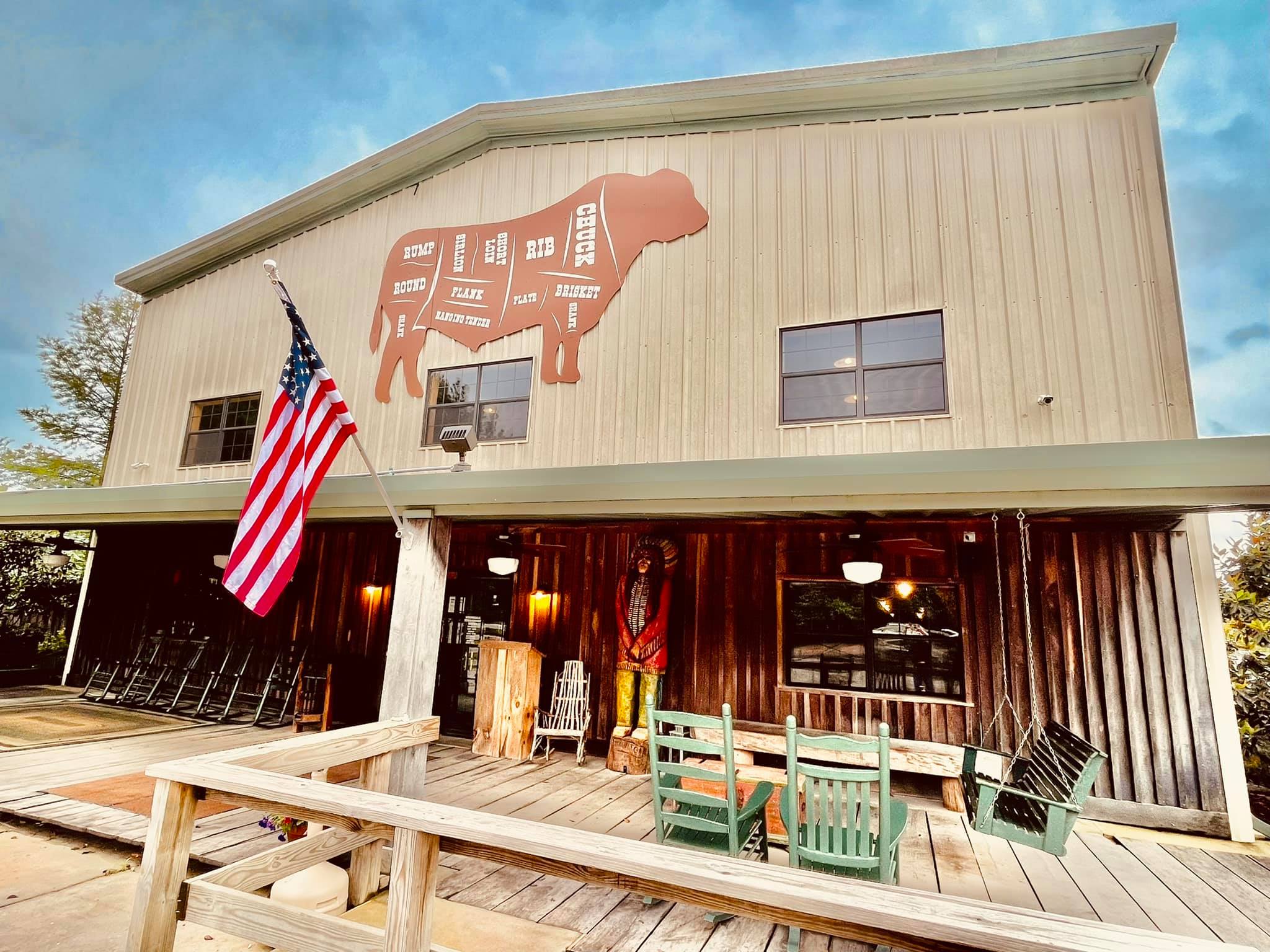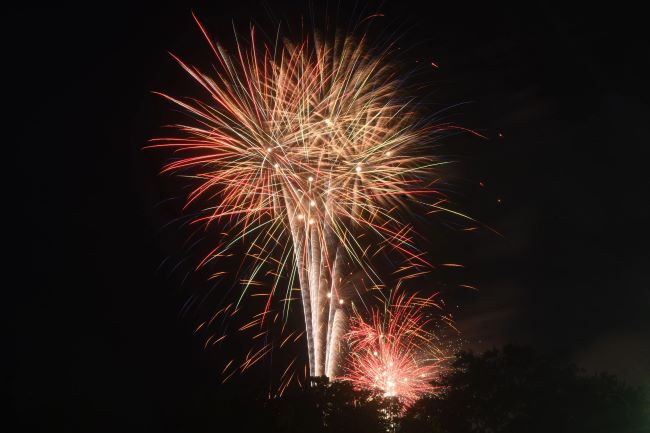Weather forecasts and forecasters can be unreliable this time of year
Published 2:00 am Sunday, March 19, 2017
Weather has long been a fascination, and late winter and early spring have a unique ability of highlighting why.
It’s about the collisions of cold and warm air and drastic results, and the expectations and interactions of people who are impacted by it all.
Consider what my son Hudson experienced recently near Bozeman, Montana, where he lives. Skiing on a Saturday at Bridger Bowl, in the mountains about 15 minutes from downtown Bozeman, an orographic cloud formed.
There was a little bit of snow in the area around Bridger, but it was light: Big Sky, an adjacent resort, got two inches, while Bozeman got one inch. But the orographic cloud – a cloud that develops in response to the forced lifting of air by topographical features on a surface like a mountain – was in rare form that day, literally.
The uplift was so strong that the one cloud over Bridger dumped 40 inches of snow in 6 hours, requiring many hardcore local skiers to hit the slopes with snorkels to avoid suffocation in the deep drifts.
Forty inches. Six hours. One cloud. Skiing with snorkels.
The exact opposite occurred this week at spring break down on 30A in the Florida panhandle, on what should have been considered a cold day with not a single cloud in sight.
The temperature was 50 degrees and a chilly wind drifted from the north, northwest. Yet at 1 p.m. the beach near Seaside was completely full of sunbathers in bikinis and trunks with no tops. Most were not cold at all simply because the radiating sun, and its UV index that soared to 8, created a heating effect on the skin that turned a winter day into a good day for a suntan.
A few days before the temperature had been 72 degrees and cloudy and people left the beach clutching jackets, meaning its not so much the temperature but the sun.
A side note to the cool beach weather is that it was supposed to be warmer on the panhandle for spring break, but the powerful nor’easter that slammed the upper east coast was so strong in rotation that it drug cold air so far south that it pushed easily through the panhandle and reached Mexico, lingering there for days.
But sometimes the forecast and the forecasting gets more interesting than the actual weather itself. The recent nor’easter fit that description since forecasters with the National Weather Service actually manipulated what they told the public in cities like New York and Washington, D.C., believing it in their best interest.
The story, in case you missed it, went like this: The day before the nor’easter struck the upper East Coast forecasters saw that models consistently showed Washington and New York getting far less snow than originally predicted.
Yet the NWS stuck with the dire forecast of 12 to 18 inches, keeping a blizzard warning in place even though the rain/snow line was shifting to the west. Their reasoning was that the changing forecast might confuse people, so they stayed with the worst scenario, even though it didn’t appear likely.
Midway through the blizzard, that did in fact pelt areas more inland and to the north, New York had about four inches in the ground in Central Park and the city wasn’t paralyzed except for the fact that many businesses had shut down due to the dire forecast.
The moral of the story is that both weather and forecasters can be unreliable this time of year. You never know when you might need a snorkel to ski or a swimsuit for sunbathing when it is 50 degrees.
David Magee is Publisher of The Oxford Eagle. He can be reached at david.magee@oxfordeagle.com.





